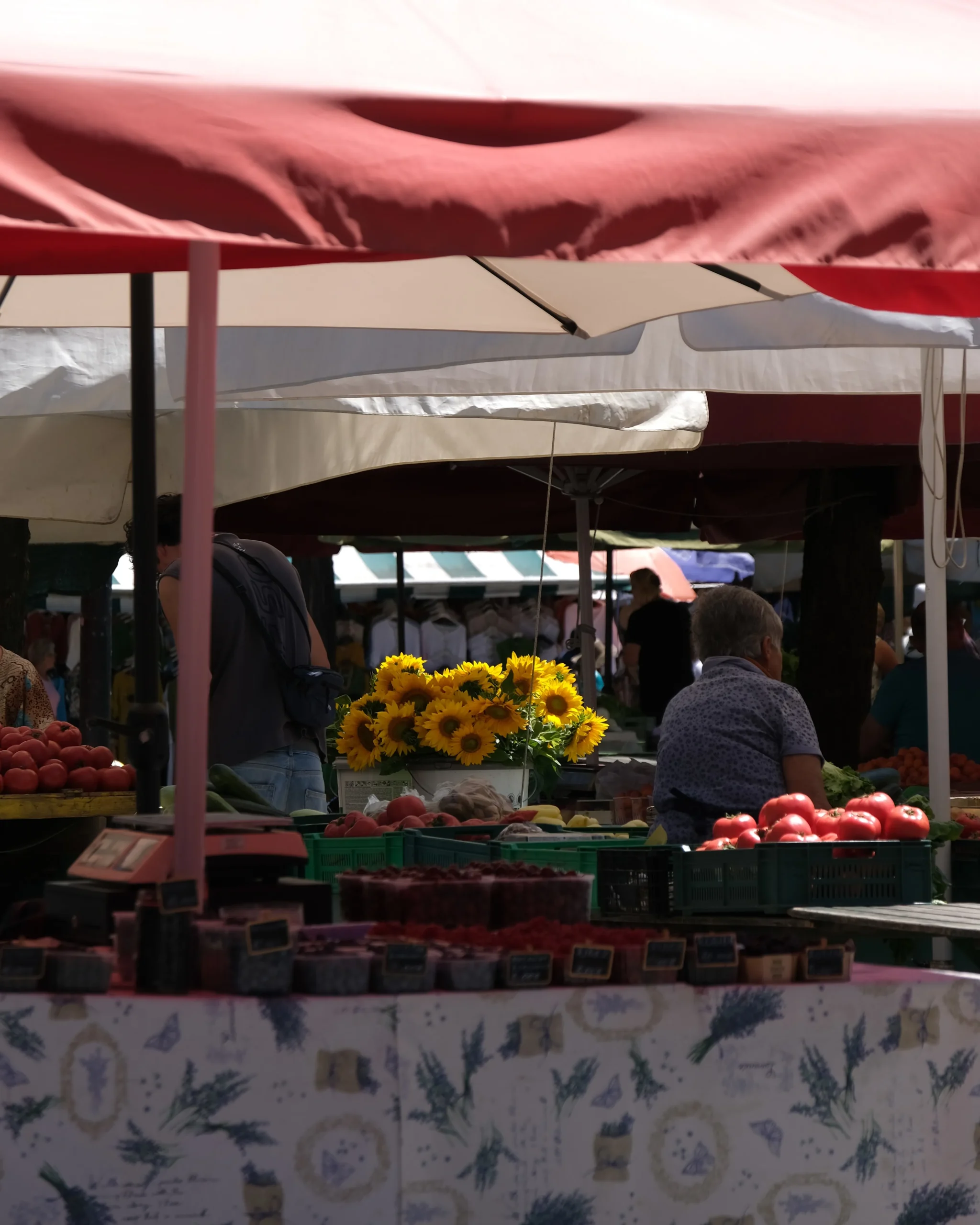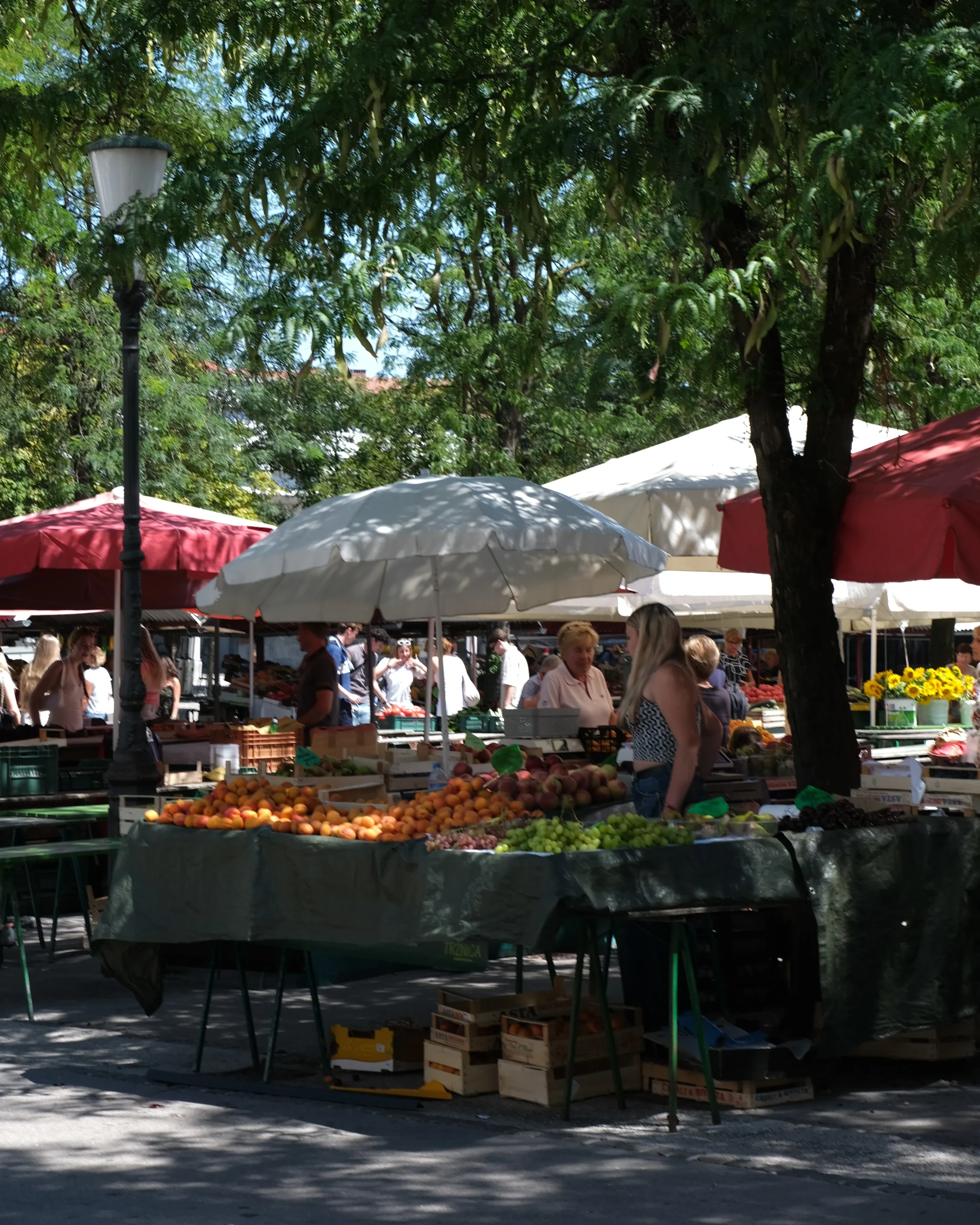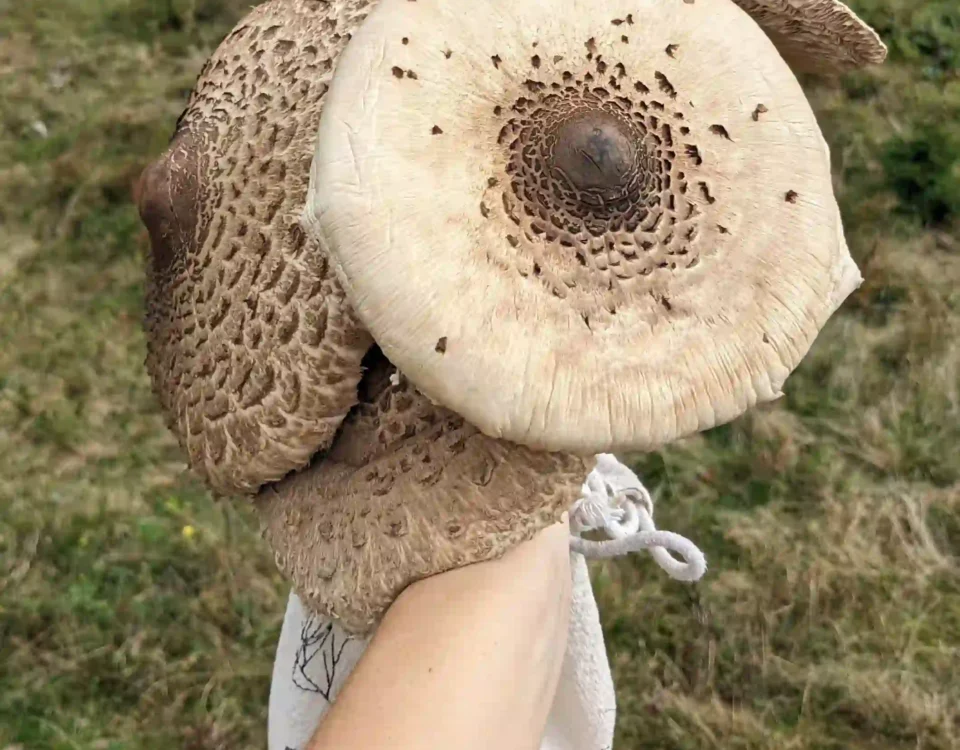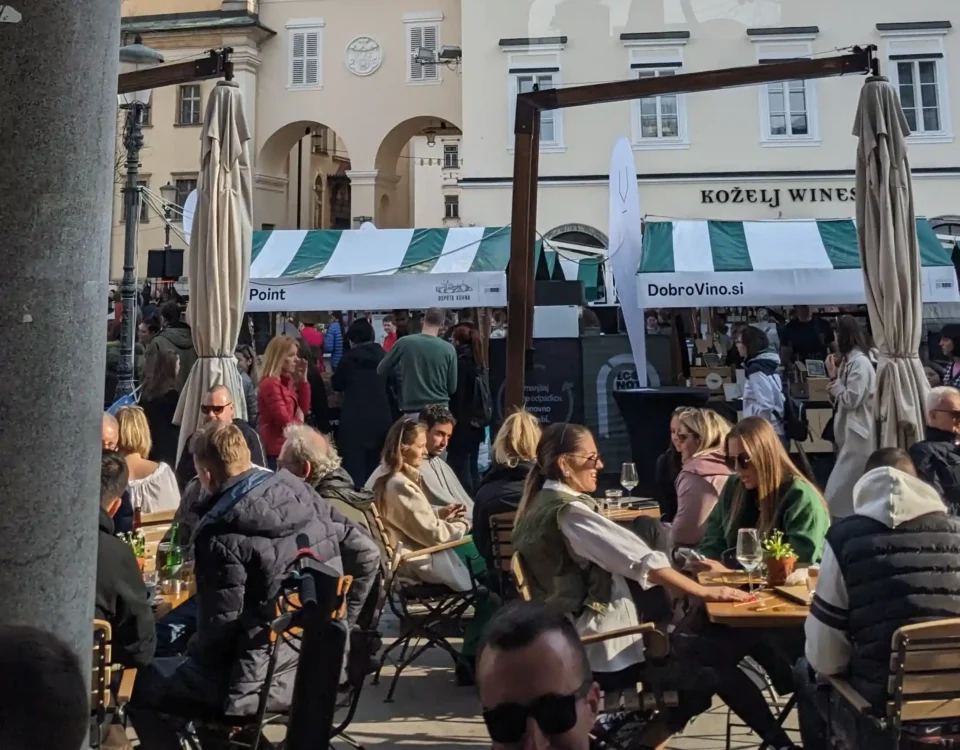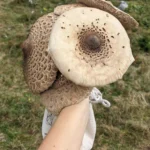
Foraging in Slovenia – Wild Food Through Seasons
5 septembra, 2025Ljubljana’s Markets – A Local’s Guide
If you’re looking for fresh produce, seasonal treats, flowers, or locally made products, Ljubljana’s many markets are the perfect place to explore. They’re not just spots to shop, but vibrant meeting places where locals and visitors alike experience the city’s flavors, crafts, and traditions.
Central Market – The Heart of Ljubljana
The Central Market (Osrednja tržnica) is the city’s largest and most iconic. In summer, it’s open Monday to Friday from 6:00 to 18:00 and on Saturdays until 16:00 (winter hours: Monday to Saturday until 16:00, closed Sundays and holidays). Saturdays are the busiest, when the market comes alive with the biggest variety of vendors, including artisans selling handmade goods around Pogačarjev trg. Here you’ll also find stalls offering Slovenia’s famous honey, homemade sauerkraut, fresh bread, and pastries.
Don’t forget to bring cash, as many vendors don’t accept cards, and if you want to shop sustainably, take your own bags. A stroll through the stalls is the best way to sample Slovenia’s seasonal bounty – from spring greens to Briške cherries in June.
An unusual addition to the market are the specialty vending machines: the jajcemat (egg vending machine) and mlekomat (fresh milk dispenser), which showcase Slovenia’s creative approach to keeping traditional foods accessible.
The Covered Market and Plečnik’s Arcades
The Covered Market (Pokrita tržnica), designed by the celebrated architect Jože Plečnik between 1940 and 1944, stretches along the river beside the open-air stalls. Its upper floor features shops with Slovenian products and inviting little eateries, while the lower floor houses a fish market complete with a small seafood restaurant. Within the Semeniška palace, which forms part of the market complex, visitors can browse an array of delicacies: cured meats, local cheeses, dried fruit, and a variety of oils including pumpkin seed oil (bučno olje).


Suha roba – Traditional Wooden Goods
No Slovenian market is complete without suha roba, traditional dry woodenware from Ribnica. These include baskets, spoons, chairs, and other household goods. Even today, many locals buy cekárji (woven baskets) and simple wooden mops here.
Flowers
Ljubljana’s markets are also known for fresh flowers. Around Easter, you’ll spot colorful Ljubljanske butarice – bundles of greenery, flowers, and dyed wooden shavings crafted in a spiral or parallel style, a part of Slovenia’s Christian Easter tradition

Other Markets Around the City
Beyond the central hub, Ljubljana has many smaller neighborhood markets, such as Tržnica Moste, Tržnica Bežigrad, Tržnica Koseze, and Tržnica Polje. These serve locals with fresh produce, baked goods, and flowers, while maintaining a more intimate, community feel.
Seasonal Foraged Delights
Markets also reflect Slovenia’s foraging culture. In late summer and autumn, you’ll often find locally sourced wild mushrooms and blueberries. Chanterelles (lisičke) and porcini (jurčki) are especially popular, collected in forests across the country and brought to market by forage.

